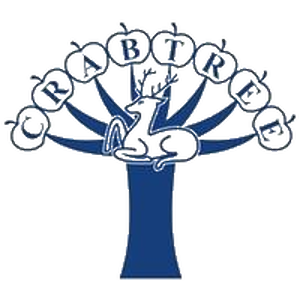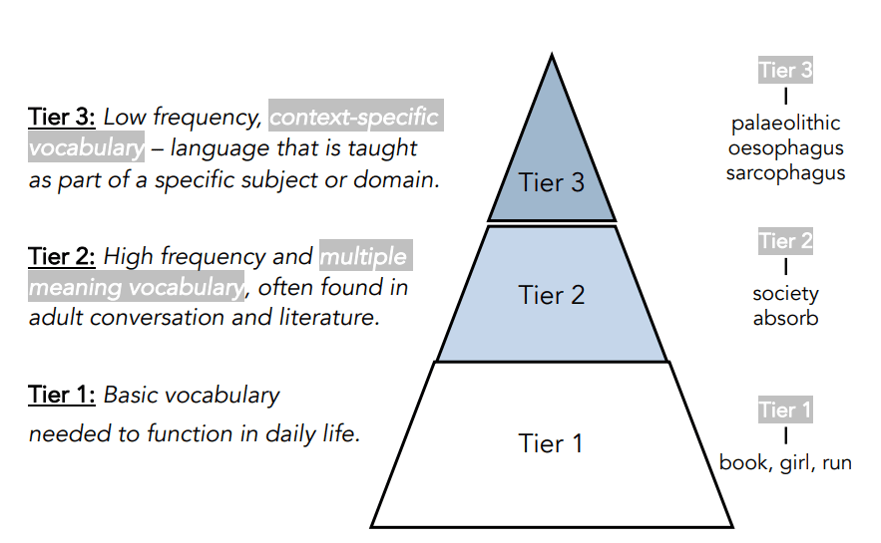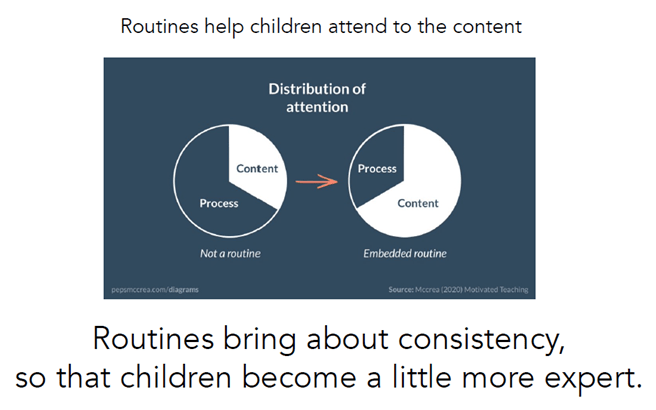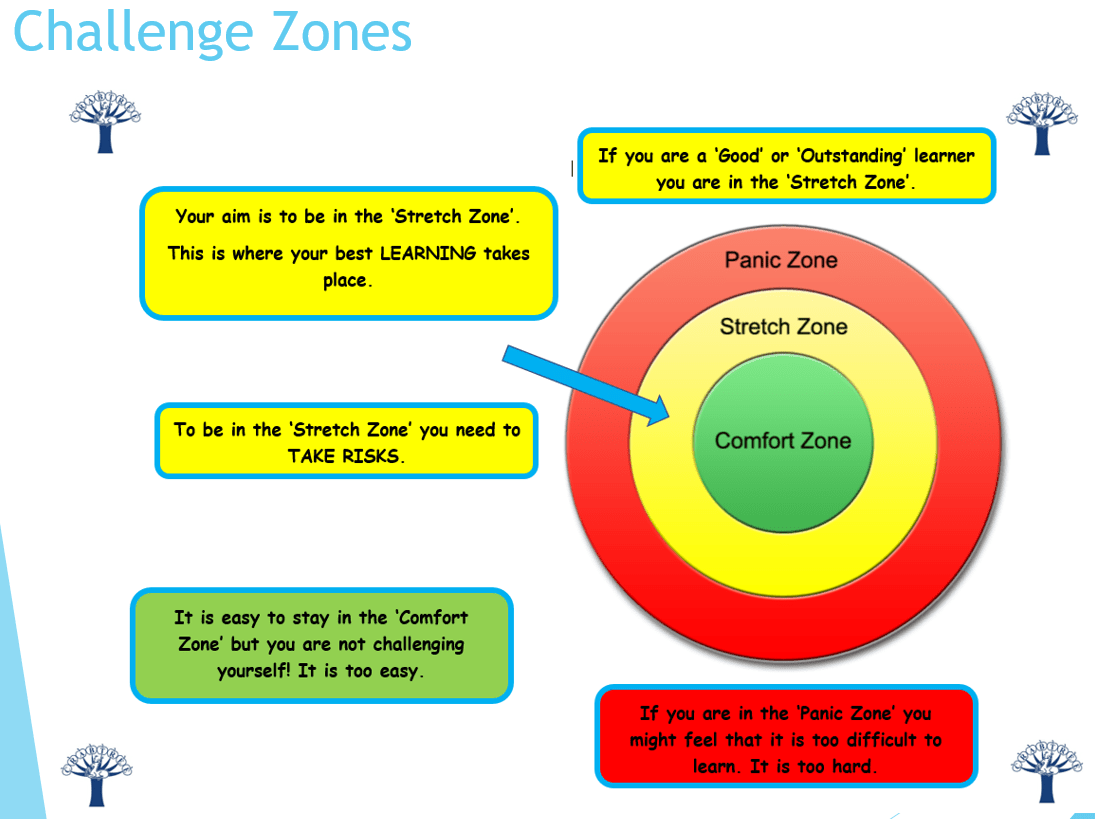Our curriculum is ambitious and designed to provide our pupils with the best opportunities for their future.
- The Crabtree curriculum inspires a love of learning our pupils.
- Developing children’s vocabulary, in terms of subject specific and academic vocabulary, is a fundamental element of our curriculum design.
- The sequence of learning is carefully mapped out in all subjects so that skills and knowledge are built upon year after year.
- Children become procedurally fluent in the subject. That simply means that they can apply the knowledge and skills effortlessly across their work.
- Pupils understand their learning journey of knowledge,
- Every subject curriculum map identifies clear end points which identify what we want children to learn, know and be able to do by the end of the unit.
- Our whole provision is informed by educational research for example; Rosenshine’s Principles of Instruction, the guidance from the Education Endowment Foundation and Alex Bedford’s Pupil Book Study.
How do we teach the curriculum?
- High importance placed on behaviour and routines
- Consistent approach across the schools
- Strong schemes of work which are progressive and provide consistent implementation of the curriculum year on year help our children be successful in their learning
- 6-part lesson structure – connect, explain, example, attempt, apply, challenge
- Children understand the ‘process’ and can focus on the ‘content’ when learning.
- Connections to prior learning and learning in other curriculum areas
Content taught in small chunks to limit cognitive overload
- Retrieval and rehearsal – transfers knowledge to long term memory
- Value mistakes as part of learning
- Effective use of live marking and verbal feedback
How do we know the children are learning what we are teaching?
- Understanding the difference between ‘doing’ and ‘learning’ is key.
- Knowledge is sticky – understanding the way in which information moves from the short-term memory to the long term memory without ‘overload’.
- Progress is measured – ‘knowing more and remembering more’
- National Standardised tests
- GLD (GLD stands for 'Good Level of Development'. This refers to a summative assessment judgement which is made for each EYFS child at the end of the Reception year. It is a measure of attainment, not progress. Achieving a good level of development will help a child to make a good start in Year 1.)
- Phonics Screening (The phonics screening check is an informal test that children will need to complete at the end of year 1. During the test, which is designed to test their ability to decode words using their phonics knowledge, children will be required to read a mixture of 40 real and nonsense words.)
- KS2 SATS (Assessments that the children take part in at the end of Year 6.)
- School/Trust level summative assessment - Pira, Puma, GAPS – Autumn and Summer
- Use of retrieval practice in lessons E.g. low stakes quizzes, exit tickets, peer quizzes, mind maps…
- Specifically designed assessment tasks in foundation subjects
- Evidence from independent writing tasks
- Triangulation – observation, book looks, professional dialogue
- Pupil Book Study
- Use of a variety of assessment tools E.g. questioning, marking codes, purple editing pens, mini-whiteboards, think-pair-share, group discussion
- Gaps are filled quickly – ‘Keep up, not catch up’ - children are given every opportunity to ensure that they ‘keep up’ with the curriculum and meet or exceed end of year expectations. This eradicates the necessity to ‘catch up’.









